Principal Investigators
- Dr David Gower
- Dr Mark Wilkinson
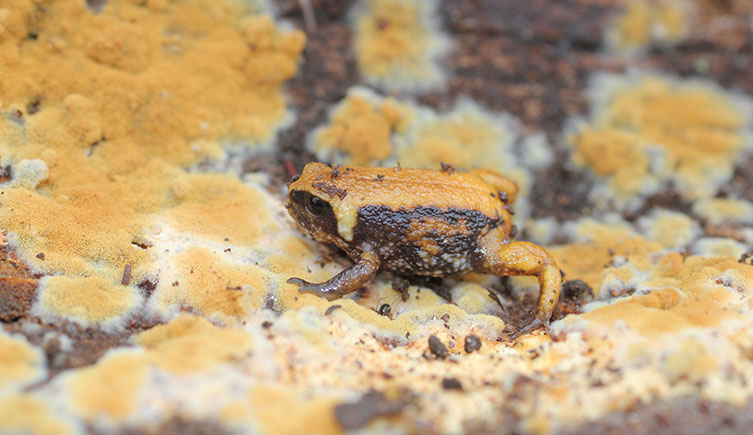
An endangered frog species from the Ethiopian Bale Mountains, Balebreviceps hillmani
We are working to conserve and better understand amphibian species worldwide, including caecilians and frogs.
Some of our recent projects in this area include:
Caecilian conservation is hampered by our lack of knowledge about these secretive creatures.
We are working with colleagues in the UK and abroad to:
This work takes place in countries including Cameroon, the Seychelles and India.
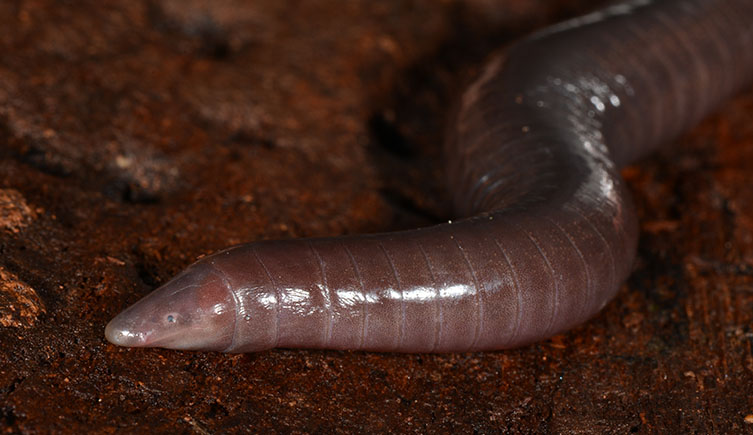
Caecilian conservation is hampered by our lack of knowledge about these secretive creatures
This project aims to improve techniques for the captive husbandry of caecilian amphibians. We have successfully maintained approximately 15 species so far, gathering novel insights into the natural history of caecilian amphibians, including their reproduction and parental care.
A formal link with the Zoological Society of London allows us to work towards better animal maintenance and handling.
We and our collaborators were the first to report caecilians infected by the amphibian chytrid fungus Batrachochytrium dendrobatidis. We have conducted infection surveys in the Indian Ocean, Africa and South America.
Using molecular genetics techniques, the team discovered a hidden diversity and broad geographic distribution of the protist Perkinsea, a potentially pathogenic tadpole liver parasite.
Our surveys of four endemic, monotypic genera of endangered frogs in the Ethiopian highlands highlight their dramatic decline. Sustained habitat alteration is a likely cause for the fall in frog numbers, perhaps alongside a high prevalence of Batrachochytrium dendrobatidis.
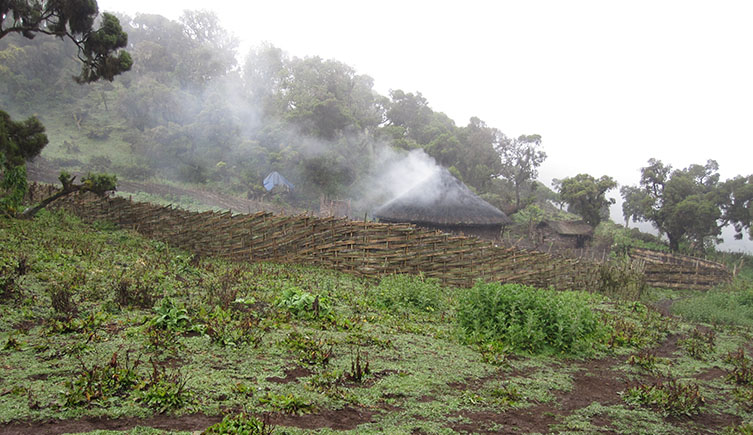
Habitat destruction is a major threat to amphibian populations worldwide
Rendle ME, Tapley B, Perkins M, Bittencourt-Silva G, Gower DJ, Wilkinson M (2015) Itraconazole treatment of Batrachochytrium dendrobatidis (Bd) infection in captive caecilians and the first case of Bd in a wild Neotropical caecilian. Journal of Zoo and Aquarium Research. 3: 137–140.
Chambouvet A, Gower DJ, Jirju M, Yabsley MJ, Davis AK, Leonard G, Maguire F, Doherty-Bone T, Bittencourt-Silva GB, Wilkinson M, Richards TA (2015) Cryptic infection of a broad taxonomic and geographic diversity of tadpoles by Perkinsea protists. Proceedings of the National Academy of Sciences of the United States of America, 112(34): E4743–E4751.
Labisko J, Maddock ST, Taylor ML, Chong-Seng L, Gower DJ, Wyne F, Wombwell E, Morel C, French GCA, Bunbury N, Bradfield KS (2015) Chytrid fungus (Batrachochytrium dendrobatidis) undetected in the two orders of Seychelles amphibians. Herpetological Review, 46: 41–45.
Gower DJ, Kouete MT, Doherty-Bone TM, Ndeme ES, Wilkinson M (2015) Rediscovery, natural history, and conservation status of Idiocranium russeli Parker, 1936 (Amphibia: Gymnophiona: Indotyphlidae). Journal of Natural History, 49: 233-253.
Tapley B, Bryant Z, Grant S, Kother G, Feltrer Y, Masters N, Strike T, Gill I, Wilkinson M, Gower DJ (2014) Towards evidence-based husbandry for caecilian amphibians: Substrate preference in Geotrypetes seraphini (Amphibia: Gymnophiona: Dermophiidae). The Herpetological Bulletin, 129: 15–18.
Maddock ST, Lewis CJ, Wilkinson M, Day JJ, Morel C, Kouete MT, Gower DJ (2014) Non-lethal DNA sampling for caecilian amphibians. Herpetological Journal, 24: 255–260.
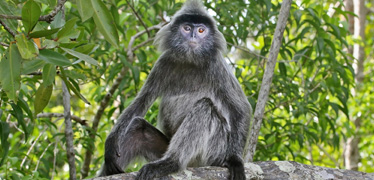
We are creating molecular and digital tools to explore undiscovered biodiversity.
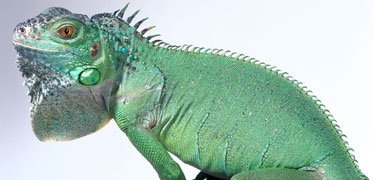
Determining the diversity, biogeography, taxonomy and phylogeny of vertebrates.
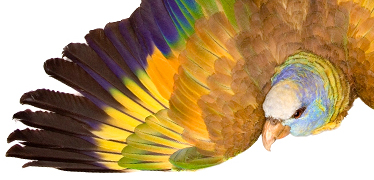
Our zoology collection has 29 million animal specimens and is rich in voucher, type and historical specimens.